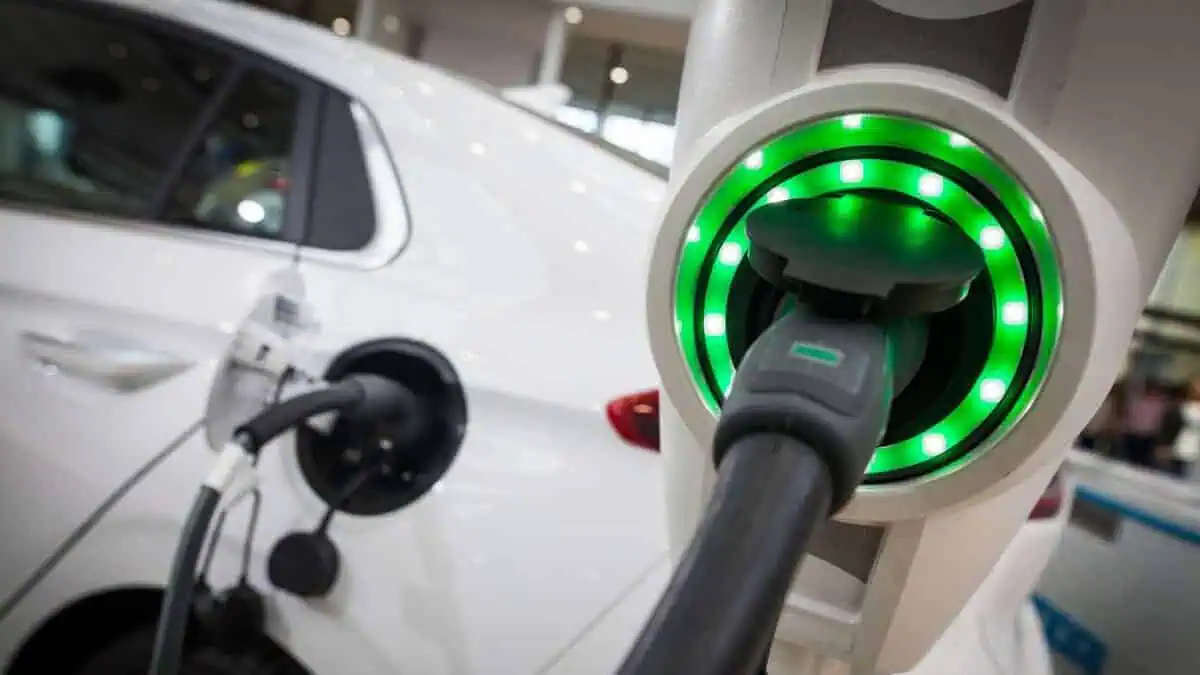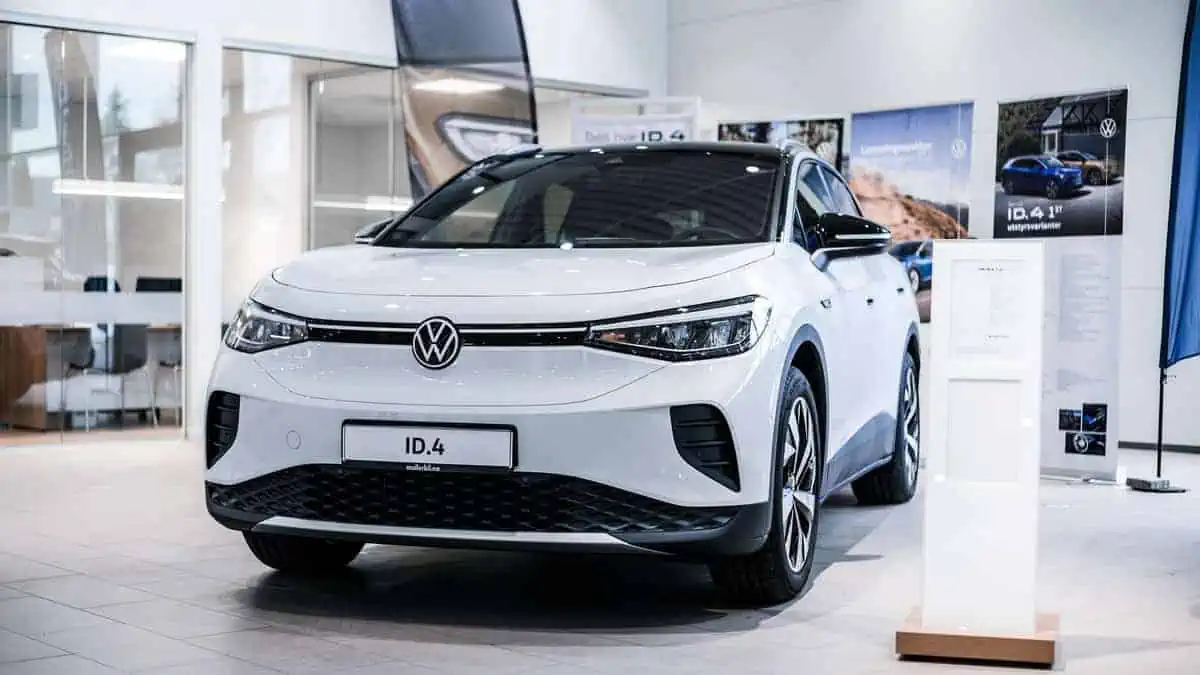The California Air Resources Board officially announced plans on August 21 to revoke the current Clean Vehicle Rebate Project (CVRP) program to give way to the new version focusing on low and middle-income buyers to afford clean energy vehicles.
“Funds for CVRP are nearly exhausted. Applications received on or after September 6, 2023, will be placed on a standby list and are not guaranteed a rebate. Please read the standby list FAQ for more information.
Effective August 15, 2023, Increased Rebate recipients will receive an additional $2,000 EV Charging Card.”
Clean Vehicle Rebate Project
What is the Clean Vehicle Rebate Project?
California implemented the Clean Vehicle Rebate Project in 2010. Since then, it has released a total of $1.2 billion worth of rebates to aid local customers in their electric vehicle purchases.
The government developed this program to promote the early uptake of zero-emission vehicles and have it account for 16% of the overall automotive market.
The program has been effective as it raised the state’s count of ZEVs to 1.5 million units, indicating a two-year advancement from the initial target.
CARB estimates that the CVRP program has so far reduced greenhouse gas emissions by 9.9 million metric tons in the state.
Moreover, CARB claims to have offered a total of $430 million to low- and middle-income buyers, including those in the disadvantaged.
DriveClean indicated that zero-emission vehicles qualified for the rebates include the following:
- Battery-electric vehicles (BEVs)
- Plug-in hybrid electric vehicles (PHEVs)
- Fuel cell electric vehicles (FCEVs)
Changes
California now aims to introduce a new program in late 2023 to prioritize low-to-middle-income buyers by implementing a more restrictive income cap.
That said, Californians with over 300% earnings of the federal poverty level will be disqualified from the state subsidy for electric car purchases.
Cal Matters indicated that the level is currently at $43,740 for an individual and $90,000 for a family with four members. Meanwhile,
The BEV rebates ranged from $7,500 for lower-income families to $2,000 for higher incomes.
Moreover, it will also expand to the whole state. Apparently, it was only available in California’s five biggest air districts.
The new program will offer qualified Californian buyers up to $12,000 to shift away from conventional cars. Meanwhile, those who choose to keep their original gas-powered cars will only get up to $7,500.
Objective
Considering that ZEVs have become more prevalent, the state aims to concentrate its resources on people with weaker buying power for expensive electric vehicles.
“The goal here is not to eliminate options for one group of motorists at the expense of another, but to assist those who’ve been unable to purchase a cleaner vehicle. and to broaden and deepen the state’s ZEV (zero-emission vehicle) fleet. We need everyone possible to afford a ZEV, and this has been part of the plan to do that for a number of years.”
David Clegern, California Air Resources Board Spokesman
It would significantly boost the state’s electrification efforts on top of the IRA’s federal tax credits of up to $7,500.
“It is time for (the state rebate) to go away. When EVs were considered to be exotic and strange and out of reach for most people, it was important to have this broad-based rebate. But now EVs have gone mainstream.”
Bill Magavern, The Coalition for Clean Air Spokesman
See Also:
- California reports record volume in electric vehicle sales
- Oregon halts EV rebate spending $75 million in funds
- Tesla Model 3 & Y qualify for California’s USD2,000 rebate
- California increased its incentive program for low and moderate-income buyers
- Australian mainstream news featured EV’s 385% growth YoY
California aims to have ZEVs account for 35% of new vehicle sales in the state by 2026. It will gradually increase to 68% and 100% by 2030 and 2035, respectively. The new program will significantly aid the state in achieving this target, as it will enable even low-income citizens to afford clean energy vehicles.






